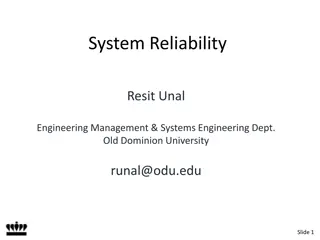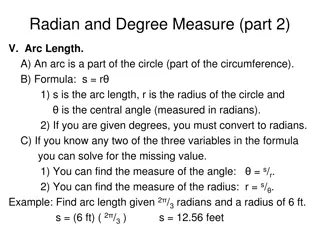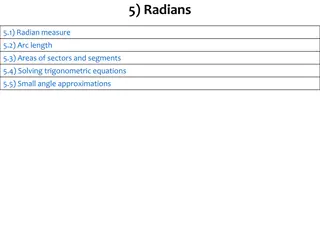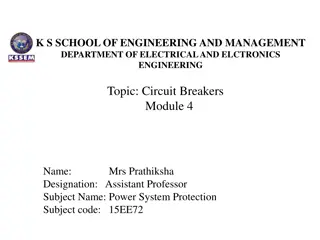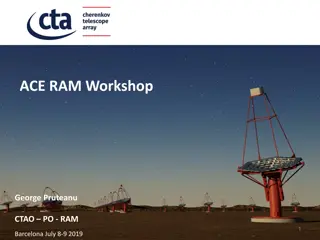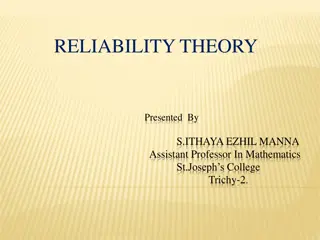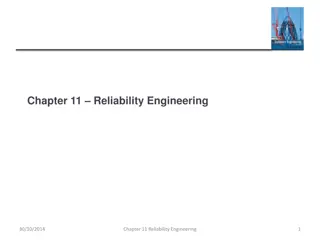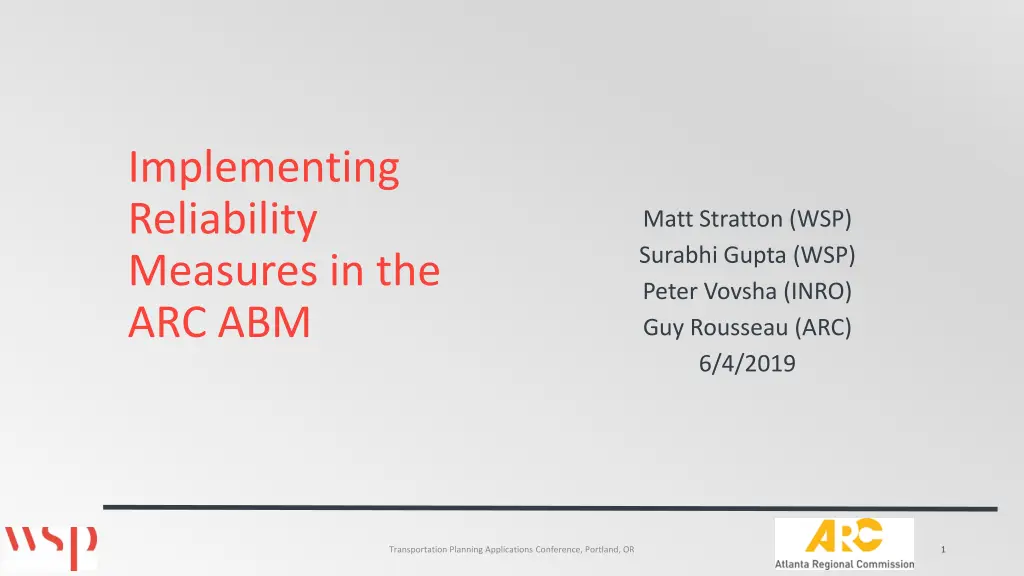
Implementing Reliability Measures in ARC ABM - Transportation Insights
"Explore the implementation of reliability measures in the ARC ABM for transportation planning, funded by FHWA. Learn about link-level reliability functions, variance analysis, and the Volume-Delay-Reliability Function. Discover insights on SD vs. Variance and OD Skim of Link SD. Join the discussion at the Transportation Planning Applications Conference in Portland, OR."
Download Presentation

Please find below an Image/Link to download the presentation.
The content on the website is provided AS IS for your information and personal use only. It may not be sold, licensed, or shared on other websites without obtaining consent from the author. If you encounter any issues during the download, it is possible that the publisher has removed the file from their server.
You are allowed to download the files provided on this website for personal or commercial use, subject to the condition that they are used lawfully. All files are the property of their respective owners.
The content on the website is provided AS IS for your information and personal use only. It may not be sold, licensed, or shared on other websites without obtaining consent from the author.
E N D
Presentation Transcript
Implementing Reliability Measures in the ARC ABM Matt Stratton (WSP) Surabhi Gupta (WSP) Peter Vovsha (INRO) Guy Rousseau (ARC) 6/4/2019 Transportation Planning Applications Conference, Portland, OR 1
Project Overview Work funded by FHWA SHRP2 L04 grant Build consistent practical methods for: Link-level reliability function Generalized cost (VDRF Volume-Delay Reliability Function) for path building OD trip reliability measures Requirements: Account for partial correlation between travel times on different links Compatible with link-based static assignment (w/o route enumeration) and path-based DTA Transportation Planning Applications Conference, Portland, OR 2
SD or Variance? That is the Question SD ( ) is additive for perfectly correlated link times: Roads w/o intersections & demand is persistent through the length of the road SD can be added to VDF and skimmed Variance ( 2) is additive for independent link times: Roads with intersections & substantial demand turnover through the length of the road Variance can be added to VDF and skimmed Transportation Planning Applications Conference, Portland, OR 3
Volume-Delay-Reliability Function 8.000 ???? = ??? + ? ?? + ? ? ??? 7.000 6.000 ? ??????????? ??????????? SD Standard Deviation of Time Estimated by facility type Adopted Form: CI = Mean congested time / free-flow time Interaction with Lanes, Lane Change and Stops/Signal/Yield upstream/downstream MSD Marginal Standard Deviation of Time MSD is proportional to the squared SD (or Var) of the link and inversely proportional to the SD of the entire route Standard Deviation Per Mile 5.000 4.000 3.000 2.000 1.000 0.000 0 1 2 3 4 5 6 7 8 -1.000 Congestion Index Freeways Arterial Collectors Ramps Transportation Planning Applications Conference, Portland, OR 4
OD Skim of Link SD (SD_skim) OD Skim of Link Variance (VAR_skim) OD SD Perfectly correlated link travel times Upper bound Requires a measure of demand correlation ( ) along the path Independent link travel times Lower bound OD SD = ? ???? ???_???? ) ??_???? + Negative Correlation Transportation Planning Applications Conference, Portland, OR 5
Demand Correlation () Estimation OD SD ~ Skim Link SD + 1 Sqrt (Skim Link Variance ) OD SD = SD(OD Travel Time[epoch][Date]) Skim Link SD = OD Skim of Link SD Sqrt (Skim Link Variance) = sqrt(OD skim of Link Variance) Measure of Link Demand Correlation: = D*(b + d*F + e*(CI - 1)) Variable Demand commonality (D) Freeway Proportion (F) X Demand Commonality (D) d (Congestion Index-1) X Demand Commonality (D) R2 Notation b Coeff 0.5364 0.2764 0.3320 T-stat 592.8 244.3 301.1 e 0.925 Transportation Planning Applications Conference, Portland, OR 6
Demand Commonality Skims (between consecutive links) Transportation Planning Applications Conference, Portland, OR 7
Data Source INRIX Data, October 2015 Weekdays only 46,000 links Time/speeds averaged with 15 minute intervals Transportation Planning Applications Conference, Portland, OR 8
Demand from Mode Choice Cube Implementation Run Highway Assignment Loop of Highway programs to calculate Reliability Measures MSA on Link Reliability Measure Convergence within 2-3 reliability loops Link-Level Reliability Measure Compute Link Level SD Calculate Marginal SD Compute Demand Commonality Factor and OD Correlation Measure Update Generalized Cost Transportation Planning Applications Conference, Portland, OR 9
Contact Guy Rousseau GRousseau@atlantaregional.org Surabhi Gupta Surabhi.Gupta@wsp.com Peter Vovsha peter@inrosoftware.com Matt Stratton Matt.Stratton@wsp.com Transportation Planning Applications Conference, Portland, OR 10


